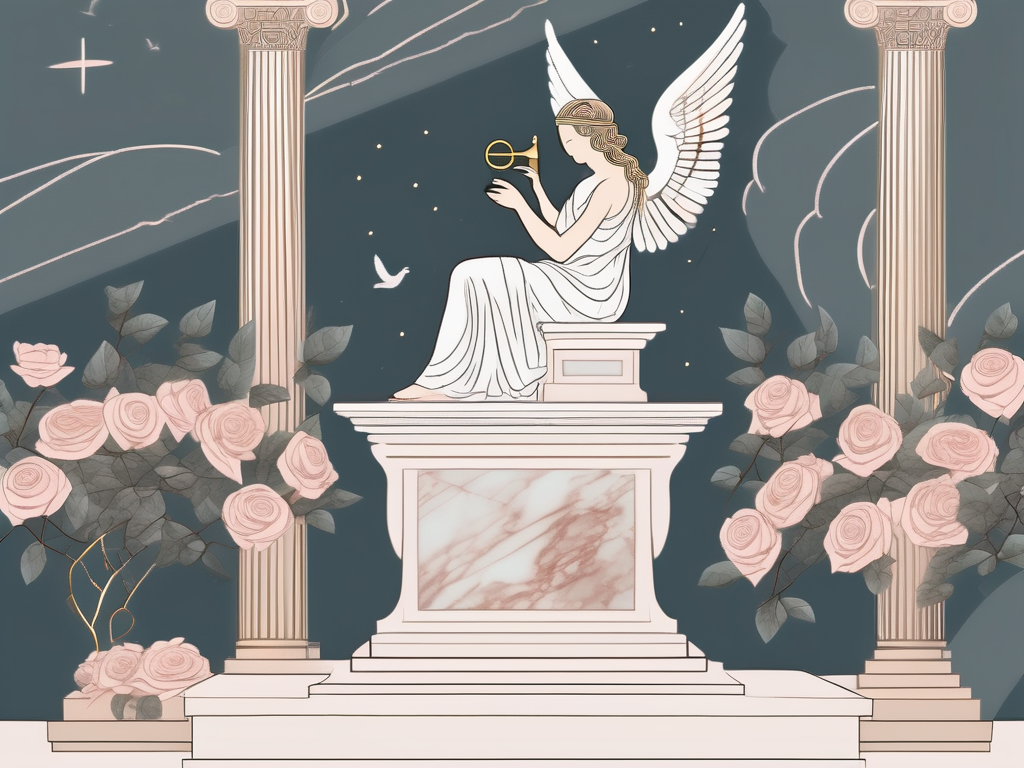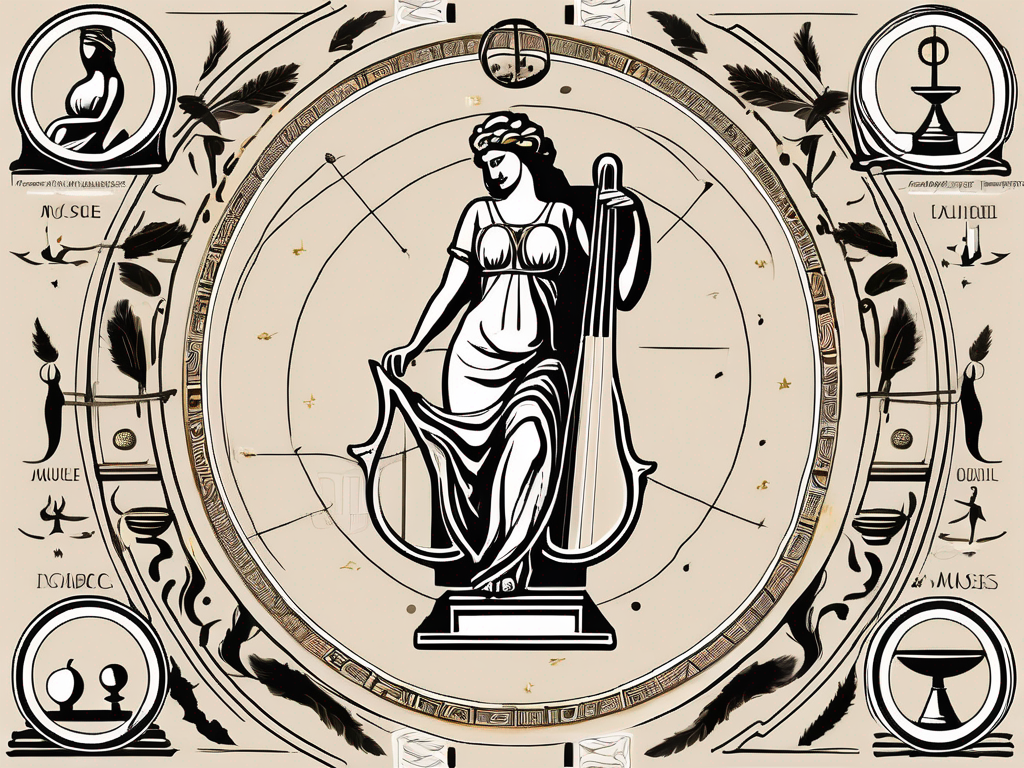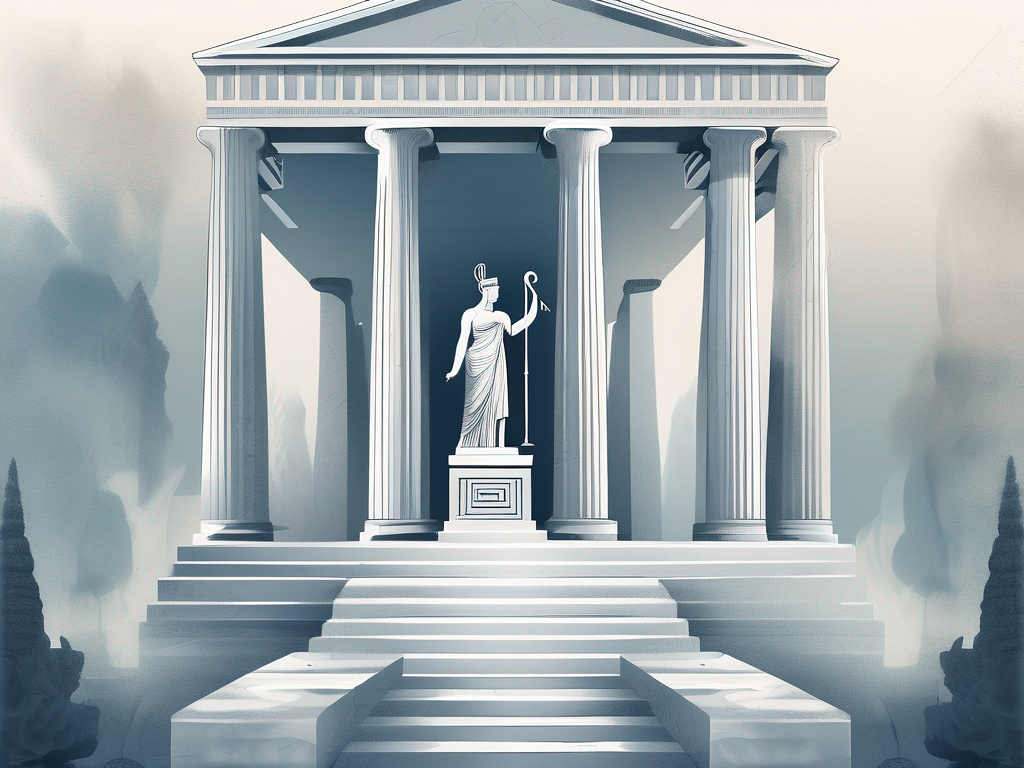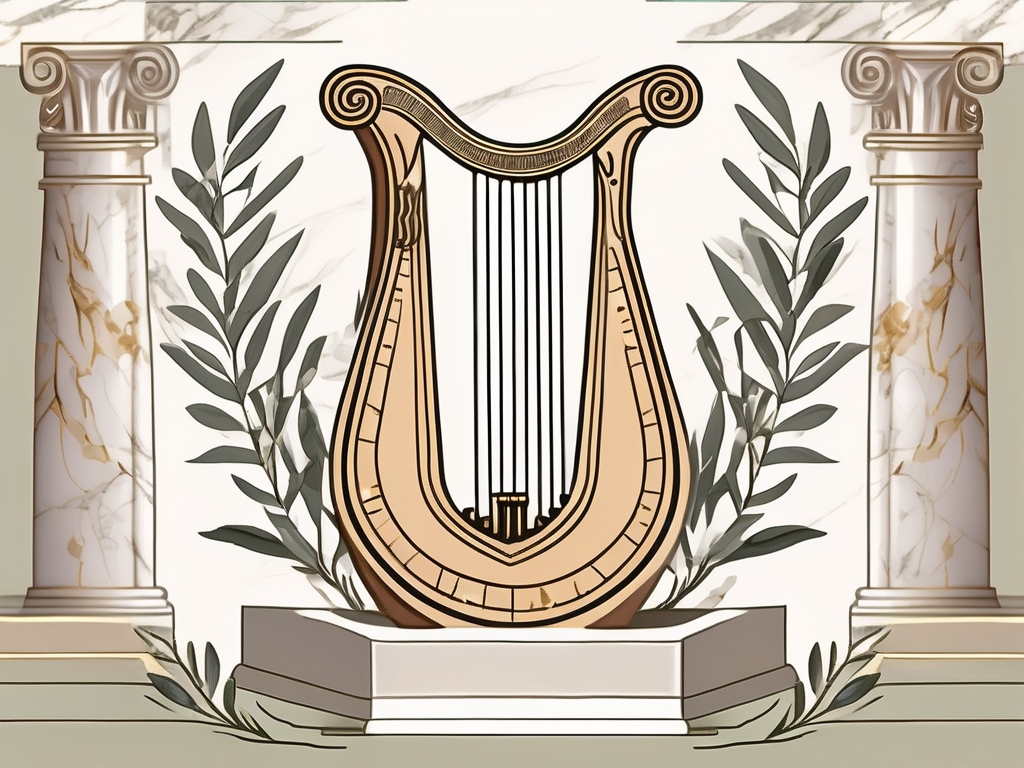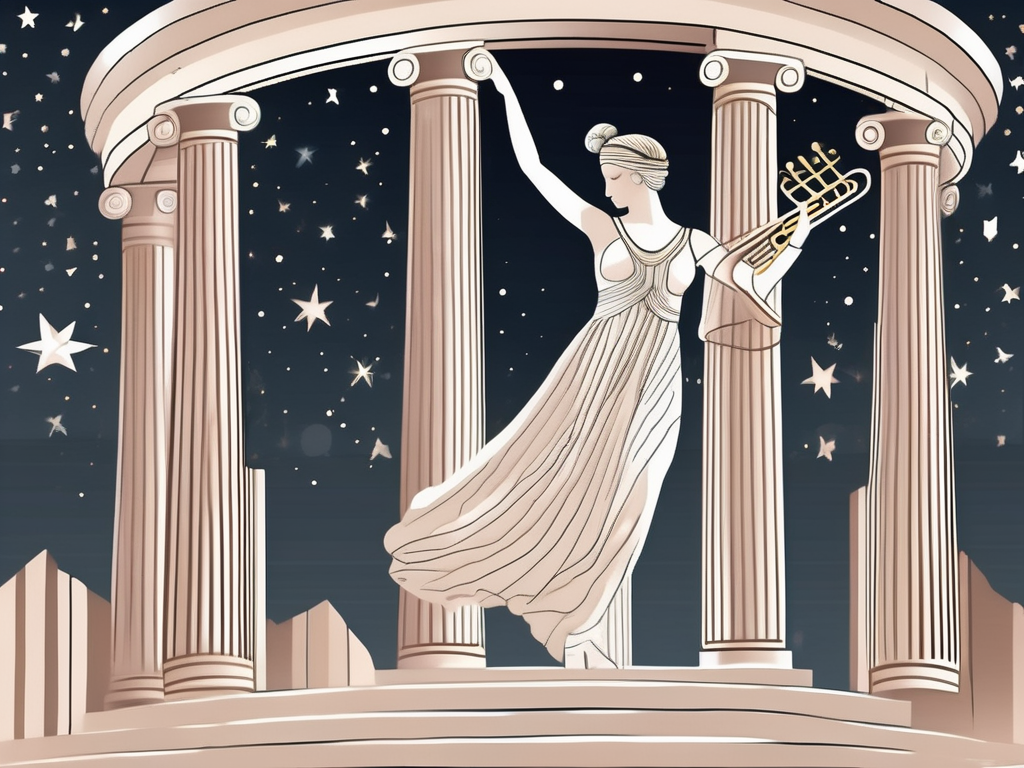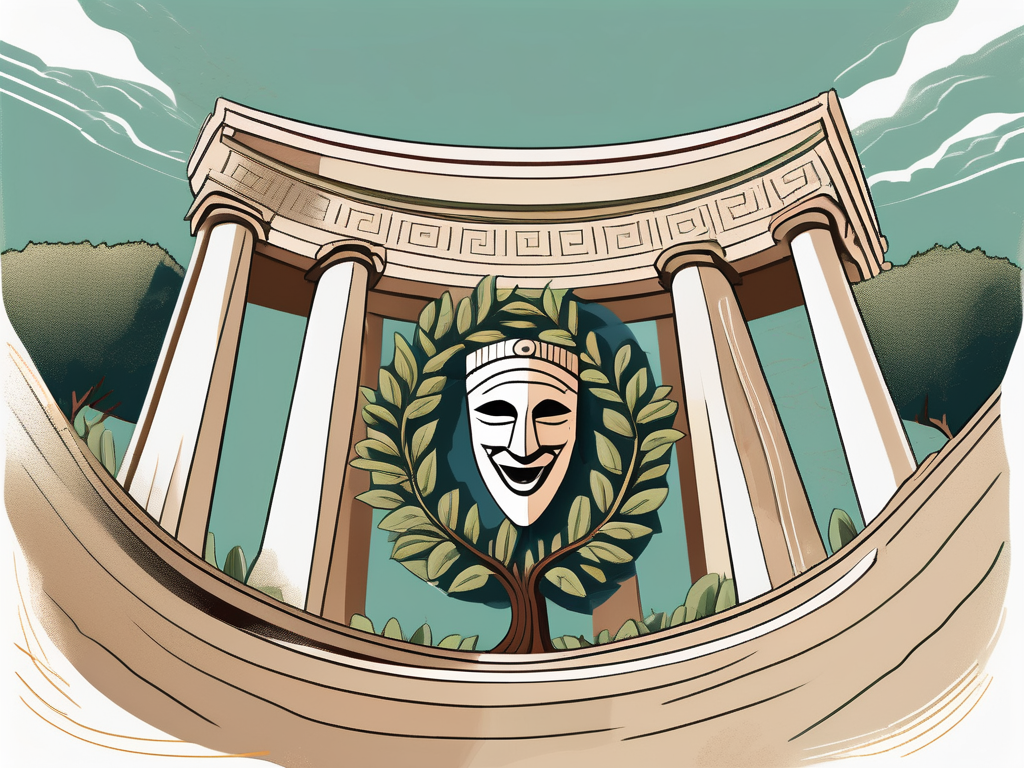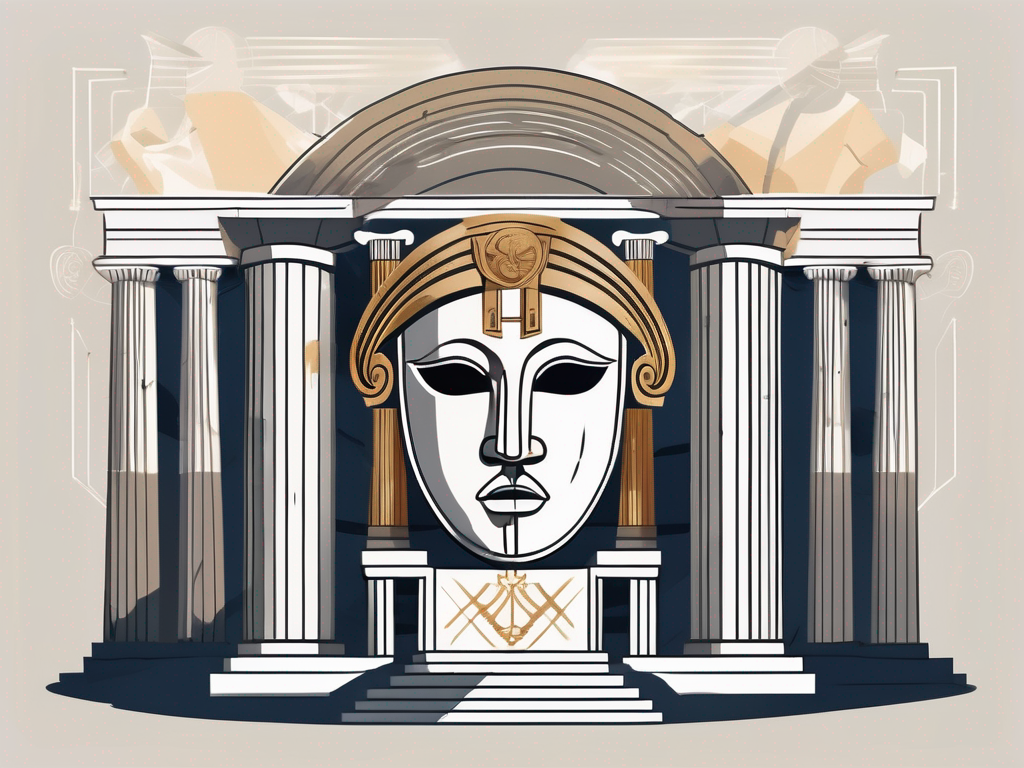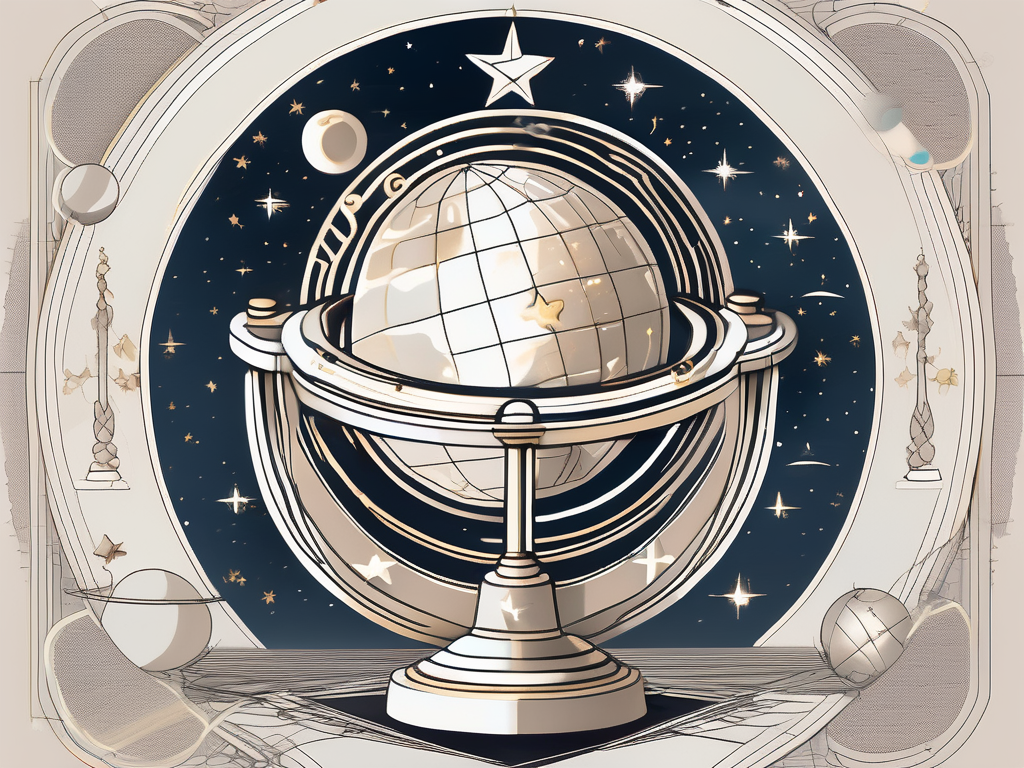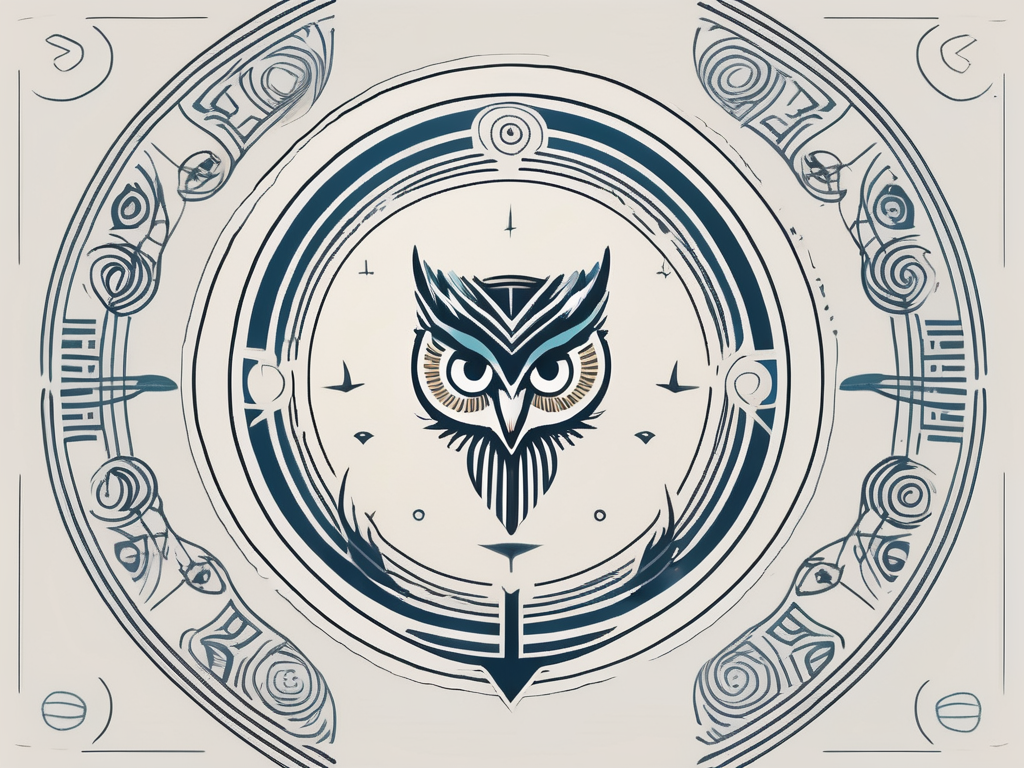Have you ever wondered about the fascinating Greek goddess Erato? In this article, we will delve into the captivating world of Erato, exploring her identity, role in Greek mythology, and influence on ancient Greek society. We will also discover how she is depicted in art and sculpture, and explore her lasting legacy in contemporary culture. Let’s embark on this enchanting journey to uncover the mysteries of Erato!
Unveiling the Identity of Erato
In the vast pantheon of Greek gods and goddesses, Erato stands out as one of the nine muses, daughters of Zeus and Mnemosyne. She is known as the muse of lyric poetry, specifically love and erotic poetry, as well as dance and song. Erato’s name itself derives from the Greek word “eros,” meaning love, which perfectly encapsulates her essence.
Legend has it that Erato’s birth was a moment of divine inspiration. As Mnemosyne, the goddess of memory, lay with Zeus, the king of the gods, their union brought forth the muses. Each muse was a personification of a specific art or science, and Erato embodied the power of love and its expression through poetic words.
Often depicted as a beautiful young woman adorned with flowers, Erato radiates grace and elegance. Her presence inspires poets, musicians, and artists alike, kindling their creativity and bringing forth their innermost emotions. It is said that her enchanting aura can be felt in the soft whispers of the wind, gently guiding the hands of those who seek her inspiration.
The Role of Erato in Greek Mythology
Erato plays a vital role in Greek mythology, as she is not only the muse of love poetry but also has influence over the passionate affairs of mortals and gods alike. According to ancient tales, she has the power to ignite desire and infuse love into the hearts of those she touches.
One famous story tells of how Erato’s influence led to the passionate love affair between the mortal poet, Orpheus, and the beautiful nymph, Eurydice. It is said that Erato whispered her poetic magic into Orpheus’ ear, filling his heart with an overwhelming love for Eurydice. This love was so powerful that Orpheus journeyed to the Underworld to retrieve his beloved, using his musical talents to charm Hades, the ruler of the dead.
Through her poetic influence, Erato, along with her fellow muses, has guided many renowned writers and artists throughout history. It is said that she whispered the words of Sappho, the famous Greek lyric poet, inspiring her beautifully crafted verses about love and desire. Erato’s touch can also be seen in the works of William Shakespeare, Pablo Neruda, and countless other poets who have captured the essence of love through their words.
Erato’s Symbolism and Attributes
The symbols associated with Erato are as enchanting as she is. She is often depicted holding a lyre, a musical instrument that evokes a sense of harmony and rhythm. The lyre represents Erato’s connection to music, melody, and the power of the written word expressed through poetry.
Furthermore, Erato is often pictured wearing a wreath made of myrtle and roses, symbolic of love, beauty, and desire. These floral adornments embody the essence of her domain, love poetry, and the emotions it evokes. The myrtle, with its delicate white flowers, represents the purity of love, while the roses, with their vibrant hues, symbolize the passion and intensity that love can bring.
It is said that when Erato walks through a field of flowers, their petals bloom brighter, their fragrance becomes more intoxicating, and the air becomes filled with a sense of longing and desire. Her presence alone is enough to ignite the flames of passion and inspire the most heartfelt expressions of love.
The Influence of Erato on Ancient Greek Society
Erato’s significance extends beyond her role as a muse. She is closely associated with the cult of the muses, which played an essential part in ancient Greek society. Worshippers sought Erato’s favor and inspiration, believing that her divine influence could elevate their art and grant them the ability to express the beauty of love and desire through poetry, music, and dance.
Erato and the Cult of the Muses
The cult of the muses was prevalent in ancient Greece, with elaborate ceremonies, festivals, and rituals dedicated to honoring these divine beings. Artists, musicians, and poets would often gather in sacred spaces, such as the Muses’ Mount Helicon or the Temple of the Muses, to seek inspiration and pay homage to Erato and her sisters.
These gatherings fostered a sense of community and encouraged the exchange of ideas and artistic expression. Erato’s influence, combined with the shared devotion to creativity, helped shape the cultural landscape of ancient Greece.
Erato’s Impact on Greek Literature and Music
Erato’s presence can be felt throughout ancient Greek literature and music. The poets of the time often called upon her to guide their words, seeking inspiration for love poems and songs. Through her influence, she immortalized the tales of passionate love, unrequited desires, and the complexities of human emotions.
Furthermore, the melodies composed with Erato’s inspiration brought forth the harmonious union of music and poetry, captivating listeners with their enchanting tunes and deep emotions. Erato’s legacy in literature and music serves as a testament to the enduring power of her creative influence throughout the ages.
Erato’s Depiction in Art and Sculpture
The allure of Erato extends beyond poetry and music. Artists and sculptors have sought to capture her captivating beauty and essence through their creative works, leaving us with enduring representations of this divine muse.
From classical depictions to modern interpretations, Erato has been immortalized in various art forms.
Classical Representations of Erato
In classical art, Erato is often portrayed in idealized human form with flowing robes, delicate features, and a gentle demeanor. Artists aimed to capture her elegance and grace, often depicting her playing the lyre or holding a quill and parchment, symbolizing her role in inspiring poets and writers.
These artistic representations transport us back to ancient Greece, offering glimpses into the world of Erato and allowing us to experience the same sense of awe and inspiration felt by those who served as her devotees in centuries past.
Erato in Modern Artistic Interpretations
As time went on, Erato continued to fuel the imaginations of artists of every generation. In modern art, we encounter creative interpretations of Erato that breathe new life into her persona. These works often reflect the evolving societal attitudes towards love, desire, and sexuality.
Contemporary artists interpret Erato in diverse ways, capturing her essence through a variety of mediums, ranging from paintings and sculptures to photography and digital art. Each artist brings a unique perspective to Erato, channeling her inspiration and power to create works that resonate with the hearts of a modern audience.
The Legacy of Erato in Contemporary Culture
Erato’s influence extends far beyond ancient Greece. Her legacy carries on through the ages, shaping the realms of literature, poetry, music, and even film.
Erato in Literature and Poetry
Throughout history, countless writers and poets have drawn inspiration from Erato, crafting timeless works of literature that examine the complexities of love and desire. From the love sonnets of Shakespeare to the steamy verses of Pablo Neruda, Erato’s presence can be felt in the words that have touched the hearts of readers across generations.
Her themes continue to inspire contemporary authors who explore love, passion, and the intricacies of human relationships, ensuring that her influence will persist for generations to come.
Erato’s Influence on Modern Music and Film
The realm of music and film has also felt the enduring touch of Erato. Musicians from different genres have paid tribute to her, infusing their songs with her essence, summoning her poetic power to evoke emotions and ignite passion.
Additionally, films have drawn upon Erato’s inspiration to tell captivating love stories, capturing the enchantment and emotional intensity that she represents. By weaving her mythical influence into the fabric of their narratives, filmmakers bring the goddess of love and lyric poetry into the hearts of audiences around the world.
Understanding Erato’s Power and Significance
The Divine Inspiration of Erato
Erato’s power lies in her ability to awaken the creative spirit within us. Whether we are poets, musicians, or simply lovers of art, her influence allows us to tap into the depths of our emotions, giving voice to our desires and passions.
She reminds us that love, in all its forms, is a powerful force that transcends time, and through her divine inspiration, we can connect with the universal language of the heart.
Erato’s Role in the Pantheon of Greek Gods and Goddesses
As one of the divine muses, Erato stands among the varied and storied pantheon of Greek gods and goddesses. While other gods and goddesses possess their unique domains and powers, Erato’s influence is unrivaled in the realm of love, poetry, and music.
Her presence illuminates the connections between art and the human experience, encouraging us to celebrate the passions that define us as individuals and unite us as a collective.
In conclusion, Erato holds a special place in Greek mythology and culture. Through her role as the muse of love poetry and her significance in ancient Greek society, she has inspired countless artists, shaping the worlds of literature, music, and art. From classical depictions to modern interpretations, her beauty and power continue to captivate audiences around the world. As we explore the mystique of Erato, we discover not only a goddess but also a vessel of creative inspiration, reminding us of the enduring power of love and the pursuit of artistic expression.
